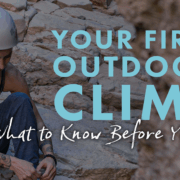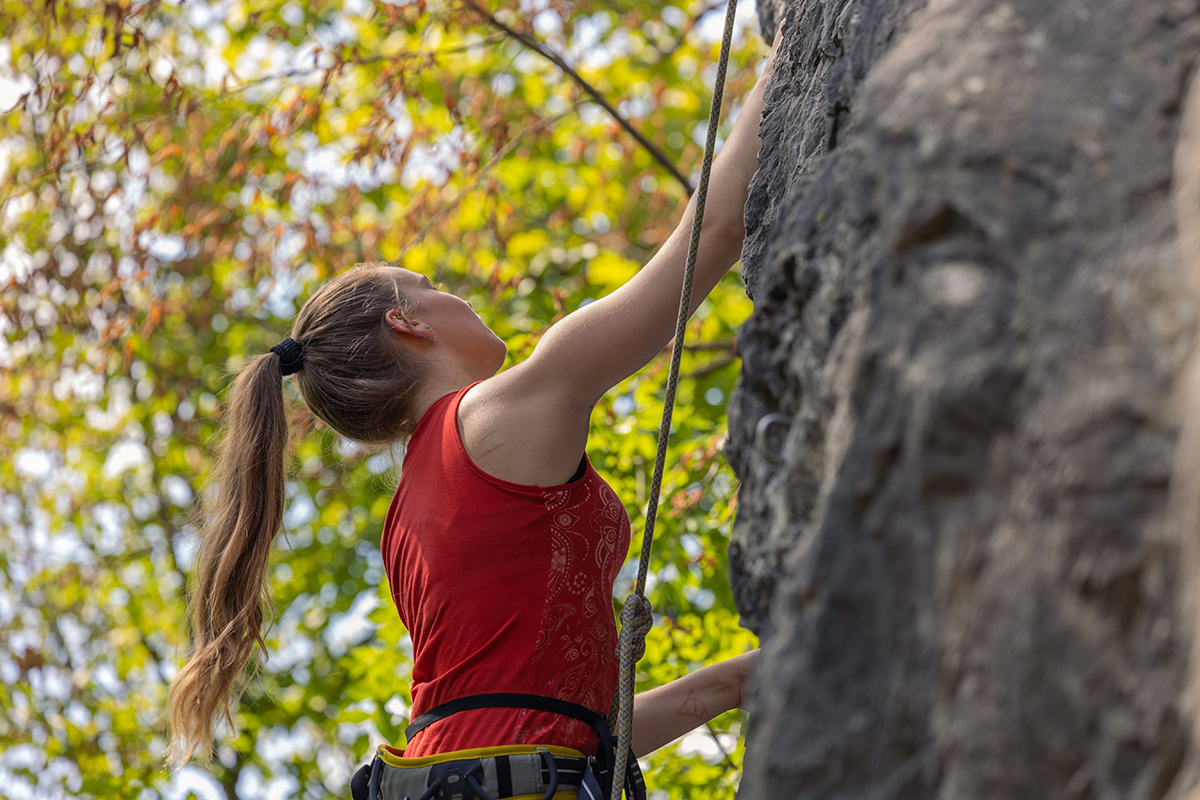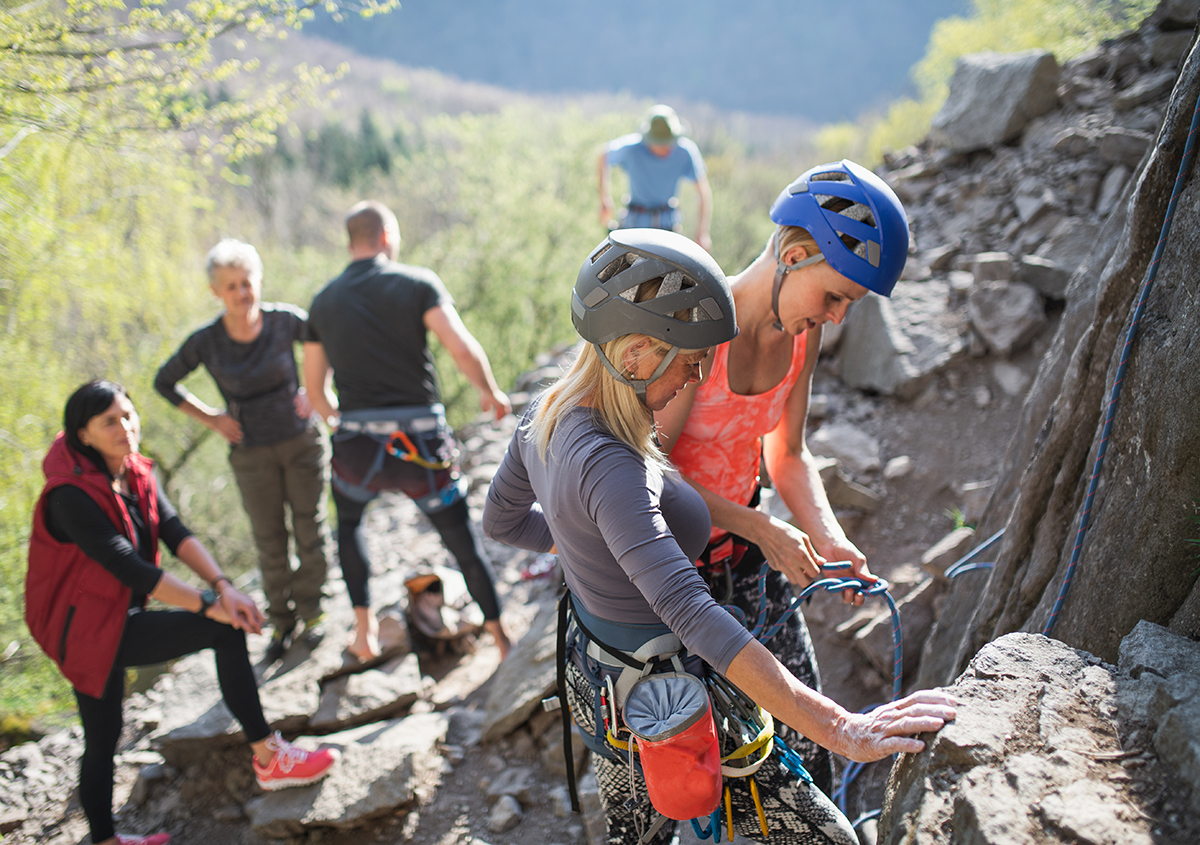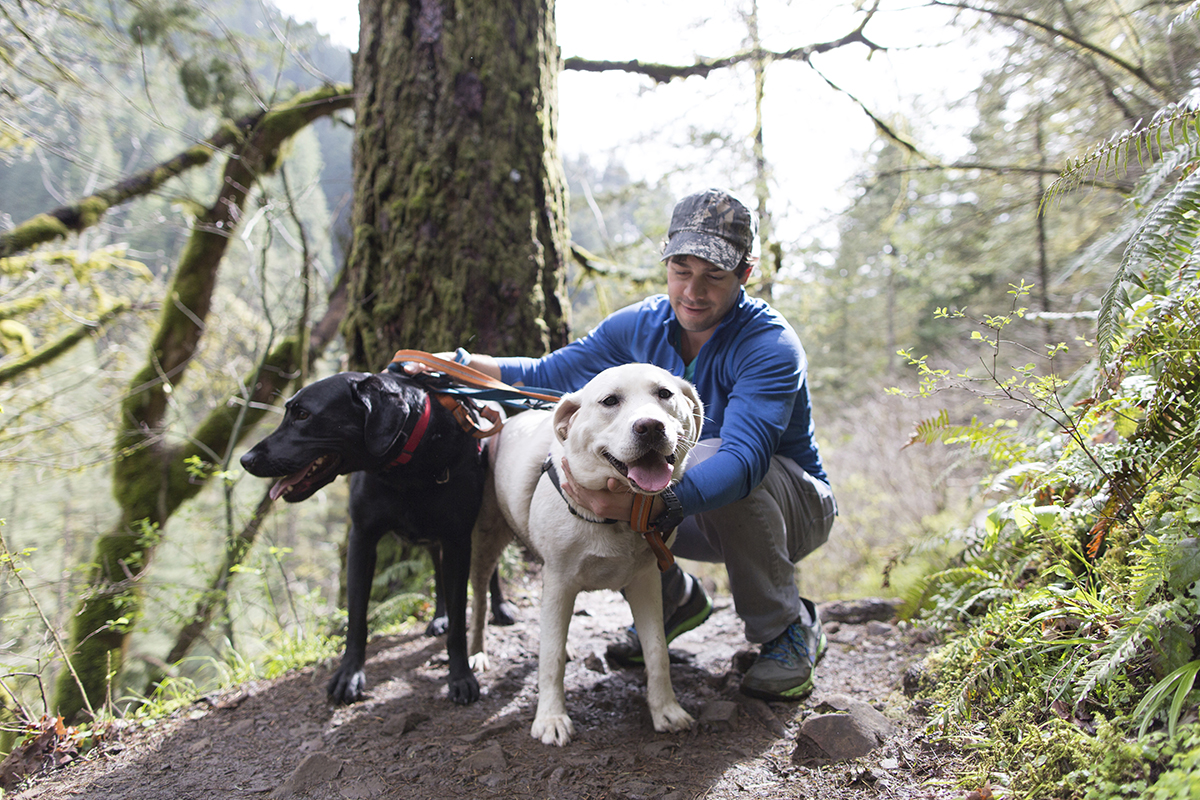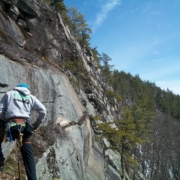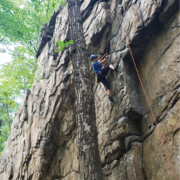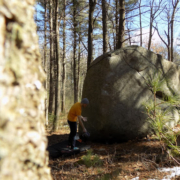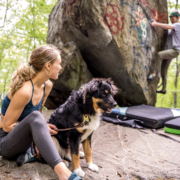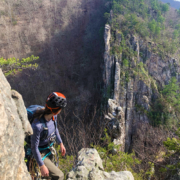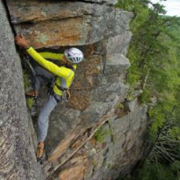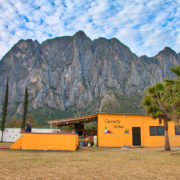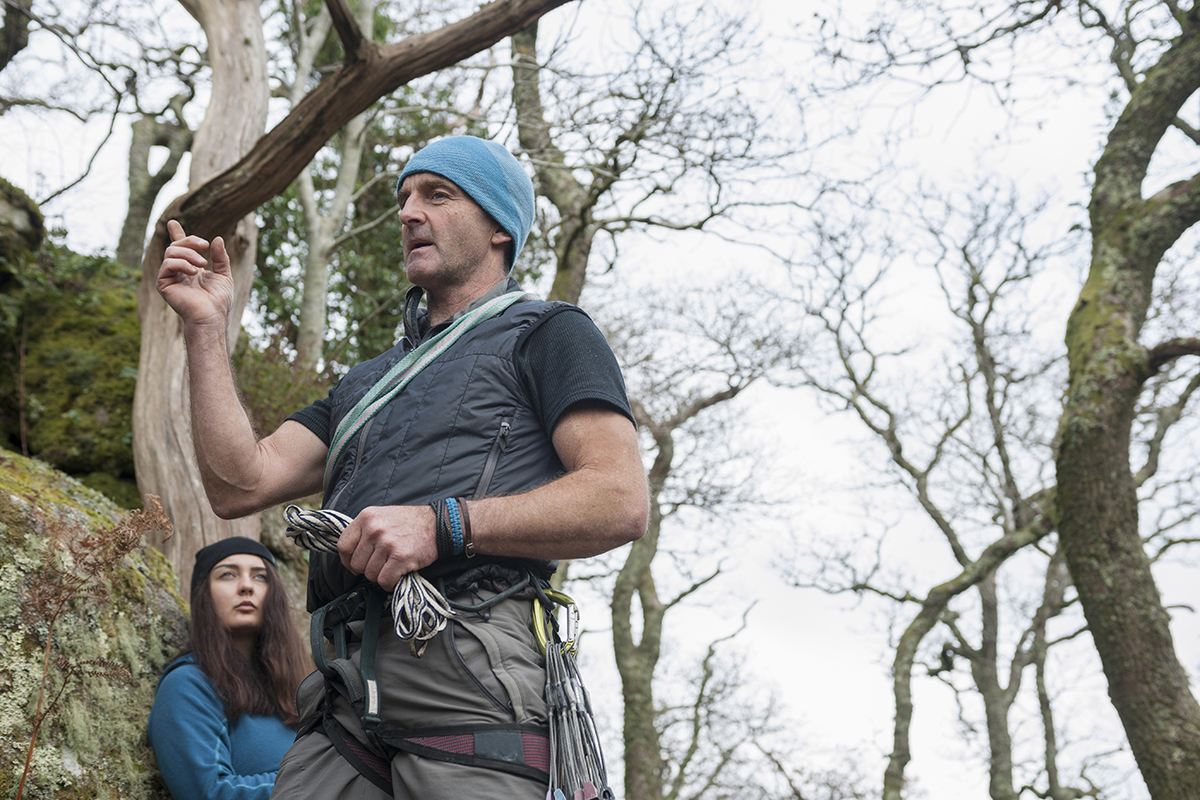
Know the Climb: Get a Guidebook
Outdoor Boulders: Highballs and Hard Moves
Sport Climbing Outside: Gear and Weather Considerations
Outdoor climbing can be both challenging and exciting, offering a rewarding experience. Spending time in nature is a relaxing and rejuvenating experience. Nothing is worse than gearing up for an outdoor climbing trip, buzzing with excitement, only to arrive at the crag and be greeted by noisy, untidy wall hoggers. Like a climbing gym with rules and etiquette to ensure an enjoyable experience for all participants, outdoor climbing has its own etiquette.
Outside, you are a guest in Mother Nature’s house. Being a respectful crag guest is vital for preserving climbing access, ensuring climbers’ safety, and contributing to the climbing community’s good-natured reputation. If you’re new to outdoor climbing and unfamiliar with the etiquette, you’ve landed on the right page. We’ve created a practical guide to help you learn how to be a respectful crag guest so you and your fellow climbers can have fun and feel welcome at the crag.
I. Research the Area Before You Go
Climbing access is a privilege, but the authorities may restrict access if you abuse it. Depending on the climbing location, climbing areas may be publicly or privately owned. Knowing land ownership and access policies (such as whether a permit, park pass, or reservations are required) will ensure you climb in designated areas. Weather, crag maintenance, or other hazards can also impact seasonal access.
Resources such as Mountain Project, local climbing organizations, guidebooks, or the government websites listed below can provide the necessary information. Remember, ignorance won’t pass as an excuse – do your research.
- National Park Service: https://www.nps.gov/aboutus/lawsandpolicies.htm
- United States Forest Service: https://www.fs.usda.gov/
- Bureau of Land Management: https://www.blm.gov/programs/recreation
II. Keep Your Volume in Check & Park Responsibly
Despite being outside, try to use an indoor voice unless communicating with a climber high up on the wall or alerting other climbers to falling objects by shouting “Rock!” Other groups don’t want to hear your conversations, nor does the wildlife. If you’re going to listen to music, consider using headphones. If you’d like to play music off a speaker, ensure it’s okay with other climbers in the area and be mindful of the volume. You’re climbing, not going to a rave.
Many climbing areas have limited parking. If you have a large group, consider carpooling. Only park in designated areas, never blocking roads, driveways, or parking on marked private property. Not only could you get ticketed or towed, but it could lead to a ban on climbing access, impact emergency vehicles, or inconvenience locals who use the road or driveway daily.
III. Leave No Trace (LNT)
Leave No Trace, Inc. was established in 1994 to expand the National Outdoor Leadership School’s (NOLS) educational curriculum. The LNT program provides science-based education structured around seven core principles to help visitors of the outdoors minimize their impact on nature.
Plan Ahead and Prepare. (See section #1 of this article for a climbing-specific explanation of this principle.)
Travel & Camp on Durable Surfaces. Stay on marked trails when hiking into and between the climbing areas. When camping, stay in designated campsites or campgrounds. Bushwacking, going off-trail, or camping in unauthorized areas can damage natural vegetation, disrupt wildlife, and put you in danger.
Dispose of Waste Properly. Pack out all your trash, including bathroom and hygiene supplies. Carry a WAG bag for a #2 emergency or use a designated toilet. If there are trash cans available, ensure that your trash is disposed of in them.
Leave What You Find. Don’t take home any climbing gear that is not yours. If there are quickdraws or carbineers left on the climbing wall, you can use them when climbing, but do not remove them. You can take pictures, but don’t take the outdoors home (i.e., leave rocks, plants, flowers, critters alone).
Minimize Campfire Impact. Wildfires can be catastrophic. Don’t let your campfire be the cause of something dangerous. Tend to any active fires and ensure they are put out properly.
Respect Wildlife. Leave the plants and animals alone. They won’t bother you if you don’t bother them. Remember, you’re a guest in their house.
Be Considerate of Others. (See section #4 of this article for a climbing-specific explanation of this principle.)
IV. Be Considerate of Other Climbers
Sometimes, you may be the only climber(s) at the crag. Other times, it’ll be bustling with fellow climbers. When climbing in a busy area, don’t monopolize the popular routes. If you want to return to a climb but need a break, you can offer to let others use your gear but avoid hangdogging (a combination of excessive resting and falling) on the wall.
When hiking to the climbing area, let faster hikers pass you. At the crag, keep your gear and bags out of the main walking path and away from the base of the wall. Try to keep your area tidy and be mindful of others’ belongings and equipment.
It’s bad practice to spray beta unless invited. Brush away any tick marks you make, but leave any tick marks you find. It’s also considerate to brush away excess chalk before you leave a climb, although this may only be feasible on boulders.
V. Be Dog-Responsible (if bringing a furry friend)
Fur friends are awesome, but only bring them if you know they will be well-behaved. Otherwise, leave them at home for their safety and the sanity of other climbers. Check the local rules and regulations before letting a pet off-leash. Always pick up their waste and pack it out. If allowing them off-leash, be mindful that not everyone at the crag loves dogs and respect others’ requests.
VI. Follow Rules, Regulations, and Local Ethics
Outdoor climbing has ethics and unofficial rules. For example, respect the first come, first serve rule. Don’t dilly dally before climbing or be a wall hog, but if you arrive at the climb first, you have the right away.
Another frowned-upon practice is using anthropogenic materials such as glue or drills to fix cracked holds or create pockets. There are often written local rules and regulations around bolting new climbs. There may also be a history of local climbing to respect. Ensure you know what rules are in place and if there are any local climbing traditions.
Recapping: How to Be a Respectful Crag Guest
A respectful crag guest is considerate of Mother Nature and other climbers. They take responsibility for the items they bring to the crag and how they treat the land. A respectful crag guest comes prepared, having researched the area, rules, regulations, and local ethics beforehand. At the crag, they are respectful of other climbers, sharing the outdoor space. When it’s time to leave, they hike out on designated trails, dispose of trash in designated receptacles, and take photos, not souvenirs. As an outdoor climber, you accept the responsibility of being a good steward of our lands for other people and future generations to enjoy. Don’t be afraid to politely say something if you see something, and choose to lead by example. Enjoy your outdoor climbing adventures!


